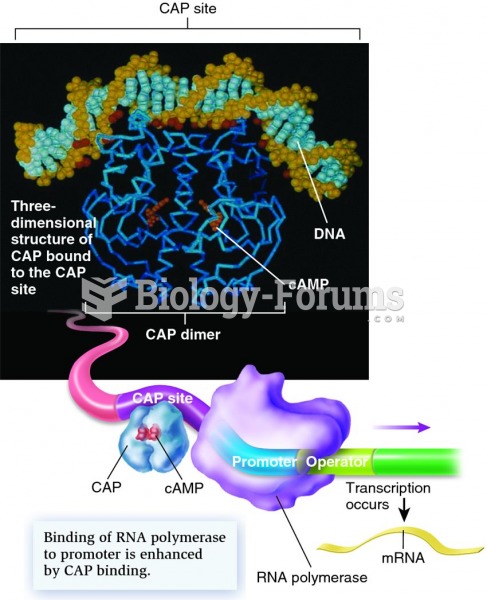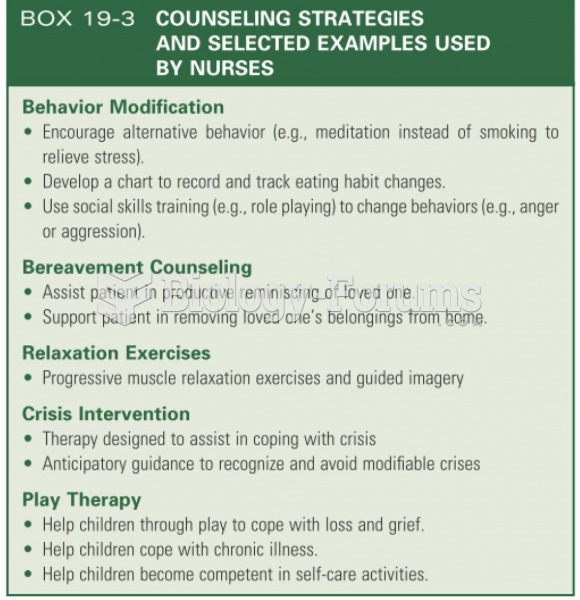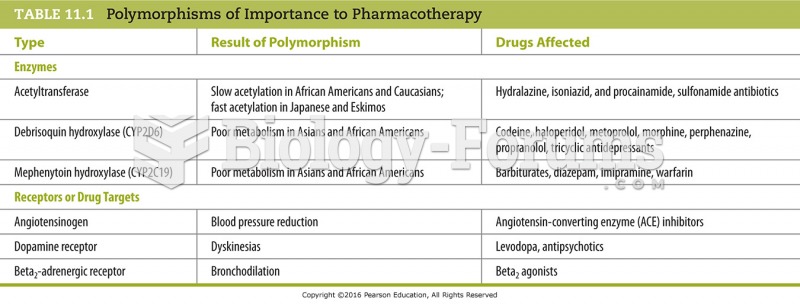Answer to Question 1
Answer: You can also use your company's social media tools to build a positive online community, which will enhance communication, solidify the company's reputation, and ultimately build business. One research study found that customers who engage with companies over social media spend 20 percent to 40 percent more money with those companies than other customers. Strategies to build a positive social media community include engaging and interacting with consumers and potential customers. Create meaningful customer relationships, rather than merely asking your audience to like us on Facebook or follow us on Twitter. Encourage input through surveys. Use social media surveys to engage consumers in your company's decision-making about its products and services. You can elicit consumers' input about ideas for new products, preferences for service options, or locations for new stores. Offer social media followers exclusive perks, such as coupons or discounts. Provide a space for customers to interact with each other. When customers interact with each other in a forum that is sponsored by the company, it makes the communication a cultural transaction than an economic transaction, and it increases the customer's emotional connection with the company.
Answer to Question 2
Answer: Beyond providing valuable content, you can also use social media as a persuasive sales tool to motivate action. B. J. Fogg from the Stanford Persuasion Lab created a behavior model to ex-plain the complexities of motivating action. Fogg's Behavior Model (FMB) suggests that you can influence people's behavior through a social media strategy that combines motivation, triggers, and ability. Motivation. The first step in influencing behavior is to motivate your audience. One way to motivate users is to create an engaging experience that invites customers to think more deeply about the products being offered and to comment on them. Experts agree that initiatives to encourage customer participation can be motivational. Triggers. Triggers are the cues or prompts that call your audience to action. Social media provides you with a unique opportunity to put triggers in the paths of motivated people. Ability. Once you have motivated your audience and provided an effective trigger, the last step in Fogg's Behavior Model is to simplify the audience's ability to respond. Focus on the customer's check-out experience. If the process is difficult to navigate or requires more in-formation (or clicks) than customers are willing to provide, they will likely terminate the transaction. Instead, create an easy yes response to your persuasive appeal.







